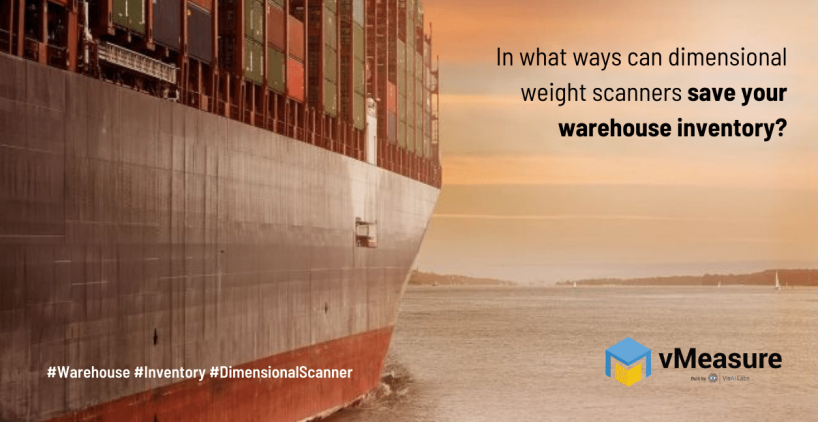Optimize Warehouse Inventory with Dimensional Weight Scanners
Summary
Why is warehouse inventory management important?
So, In what ways can you overcome inventory problems in your warehouse?
Here are a few strategies you can implement to deal with typical inventory issues in your warehouse:
1. Organizing your warehouse and inventory
- Placing each SKU on a separate shelf rather than combining goods
- Reducing unlawful entry to the warehouse as much as possible
- Labeling the locations of your warehouse and inventory
- Leveraging automation to record shipment information
- Making technological investments to facilitate better communication and inventory management
2. Know the ins and outs of your inventory
Another element of effective inventory management is knowing where your stock is kept because it gives you the information you need to find the items quickly. When building up your warehouse floor design, for instance, keep the most popular goods close to the zone for packaging and shipping to speed up order processing. Another helpful strategy for managing inventory is to employ Advanced Shipping Notifications (ASN), which keep you informed about the timing, contents, and packaging of future deliveries. Additionally, this allows you to organize and prepare for a future shipment, ensuring that warehouse space is available when you arrive.
3. Automation and technology
How do dimensional weight scanners help you save money on warehouse inventory?
Below are five ways integrating your dimensional weight scanner with inventory can be a lifesaver:
Maximizes storage capacity
Increased shipping cost accuracy:
It goes without saying that correct weights should always be known in advance rather than estimated. Without this data, it may be challenging to determine whether you are billing clients fairly based on the real charges. By removing manual, expensive errors, accessorial fees will drop.
Planning for future capacity
Whether moving to a new facility or simply revamping your current space, planning future warehouse capacity is considerably aided by dimensional information. Figuring out how many pick and bulk locations are needed is one of the more time-consuming parts of developing a new plant. Judgments should be made using the average and peak inventories calculated using cubic measures.
Inventory Visibility
Quality control
For inbound and outbound shipments, quality control based on weight can be carried out in some activities based on the product’s weight. This can speed up shipment reception and inspection procedures. However, it may indicate probable mis-shipments for carton shipments leaving the country.
